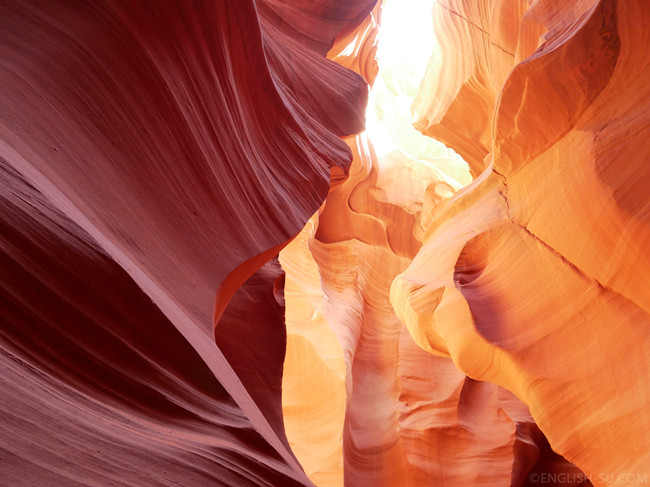
Before this trip, we learned online that Upper and Lower Antelope Canyons are similar in form. Upper Antelope Canyon is unique because light beams are visible but only during specific hours of the day. We are not big fans of light beam photos and the tour to Lower Antelope Canyon is cheaper and less busy, so we booked it with Ken’s Tour.
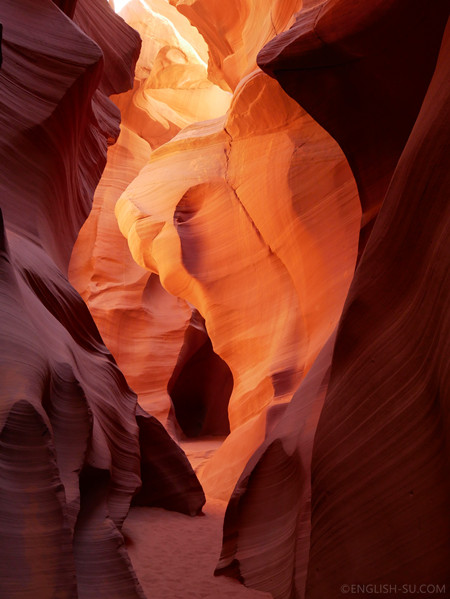
Our tour guide was a 26-year old Navajo guy who not only showed us the special corners in the canyon but also explained some of the history of the Navajo Nation. From him, we learned that Page is a relatively new town founded in the 1950s. At first, it was a campground for the dam workers building in the Glen Canyon Dam. The word “antelope” in the canyon’s name actually refers to a pronghorn which was mistakenly identified as antelope by the first white explorers. There are no antelope on the American continent.

Tourists used to come to the Antelope Canyons on their own self-guided treks. There were no stable staircases and steps to make an easy route through the narrow canyon. Then in 1997, a group of 12 explorers were trapped in the slots by a flash flood and the only survivor was a tour guide who was lucky enough to be somewhat familiar with the local geography. Current rules require that during the monsoon season (summer and early fall) operators may be required to cancel tour operations when flash floods are a threat. This is a problem that we didn’t have to worry about during winter. In the 1-hour underground tour, we witnessed a unique geographic miracle. Enchanted by the infinite sleek waves carved by nature out of the pink sandstone, it felt as if we were gazing at a surreal painting.
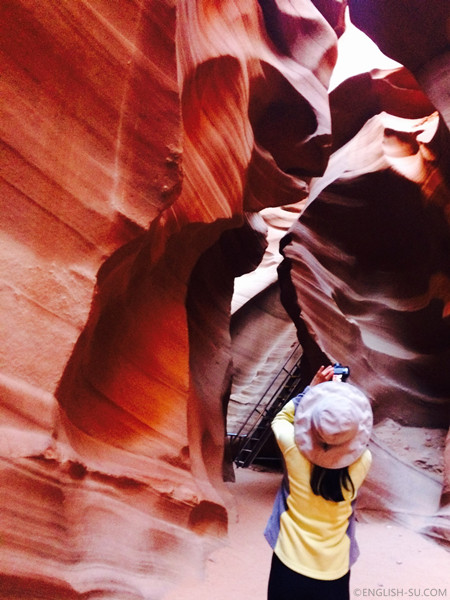
After the tour, we had some snacks and decided to explore Waterholes Canyon Trail. This trail is also located on Navajo Nation Land. Looking down at the edge of the cliffs, Waterholes Canyon seems like a terrifyingly huge and deep crack in the ground (Penguin said she did feel dizzy looking down the bottom of the canyon and hesitated about descending it). But it turned out that going down to the bottom of the canyon wasn’t as treacherous as it seemed. The canyon is wider and deeper than Lower Antelope Canyon and sections of the sandstones show similar pinky curves. After reaching a point where there was a dramatic drop off with remains of torn down stairs, we determined it was time to head back. Though Waterholes Canyon doesn’t look as pink and dreamy as Antelope Canyons, it was great that we could hang out and take photos without a tour guide moving us along!
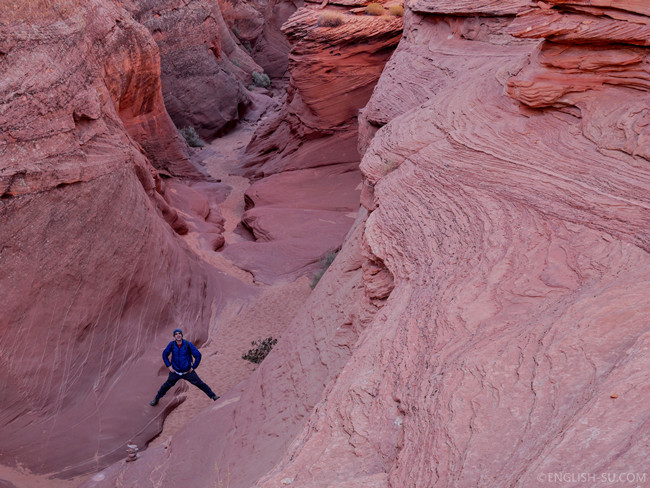
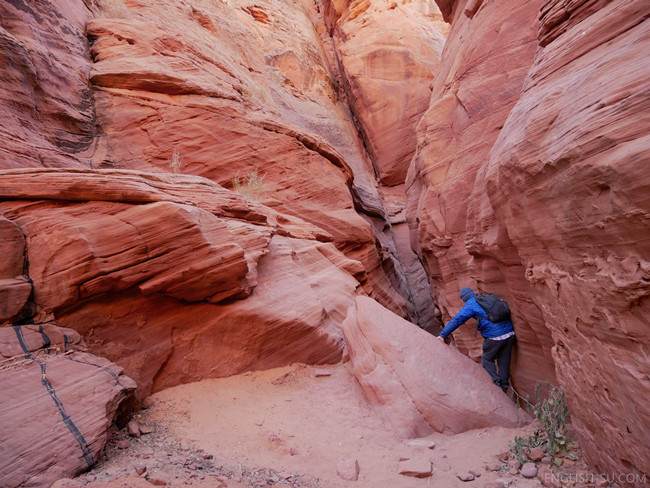
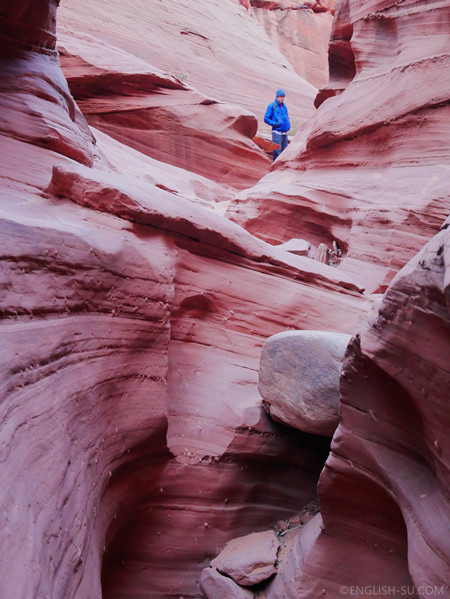

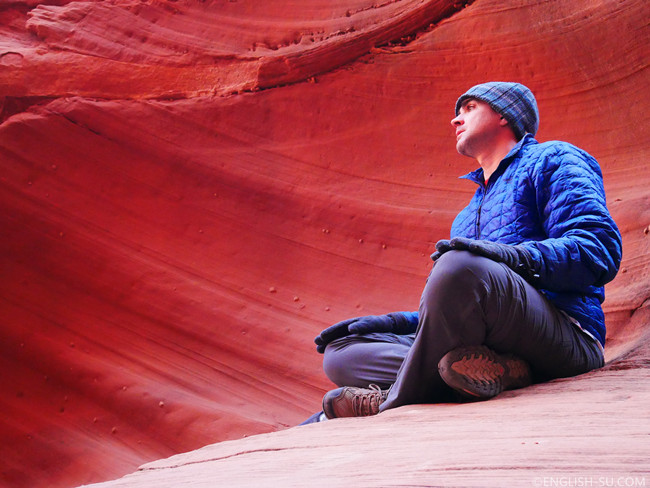
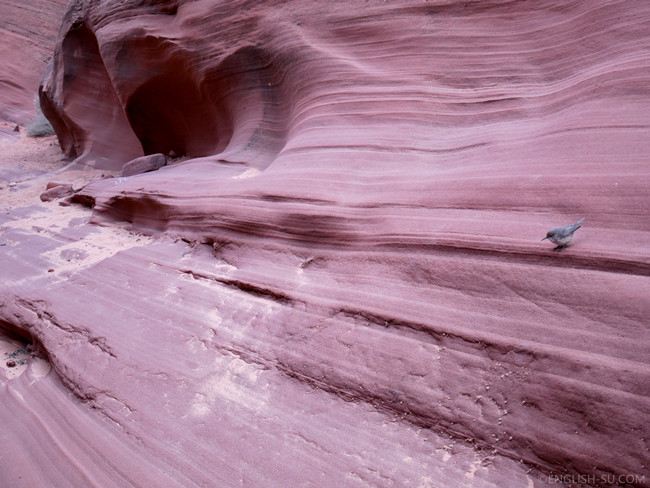
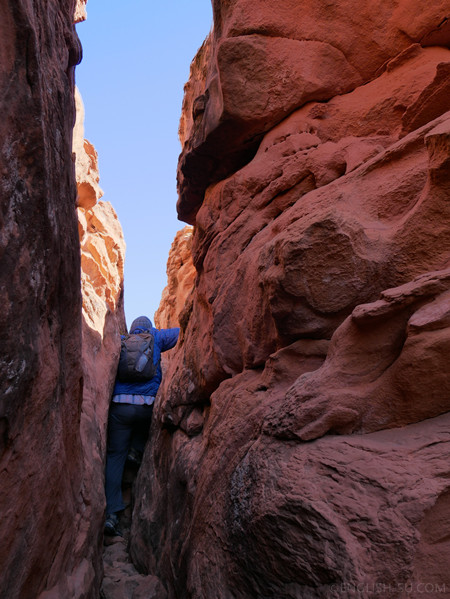
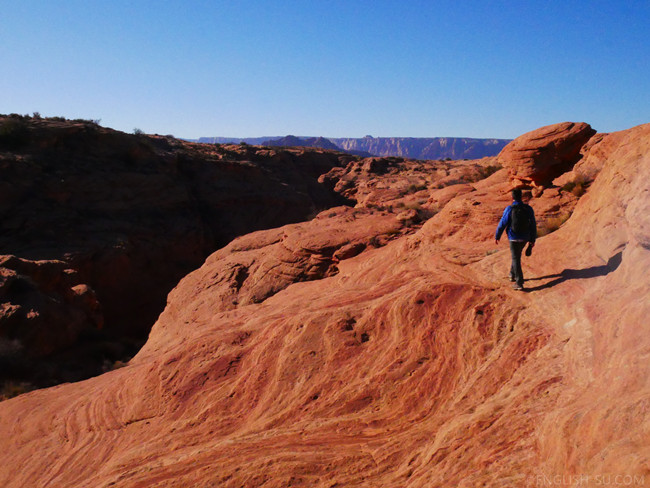
As sunset drew closer, we drove to Wahweap Bay and Wahweap Marina to check out some vista points of Colorado River and Lake Powell, which was formed by the damming of the river.
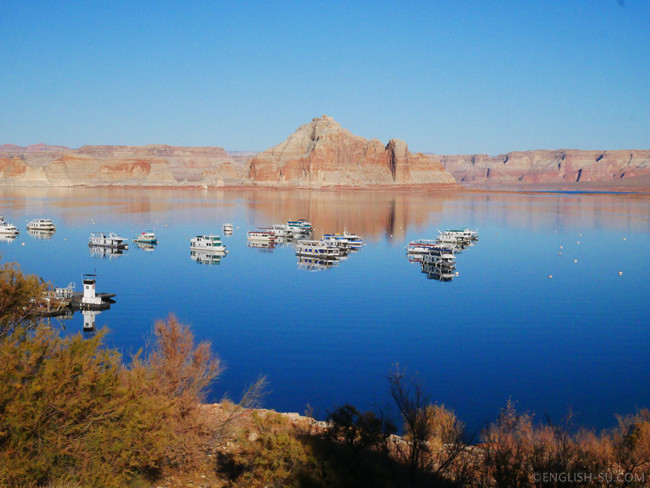


Share this post
Facebook
Twitter
Google+
Reddit
Email